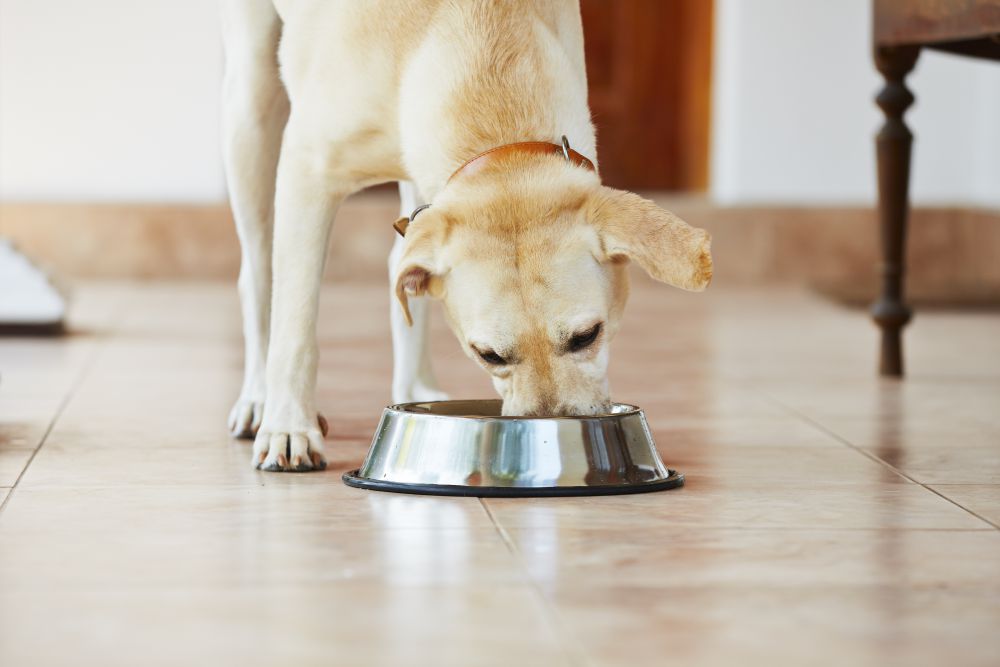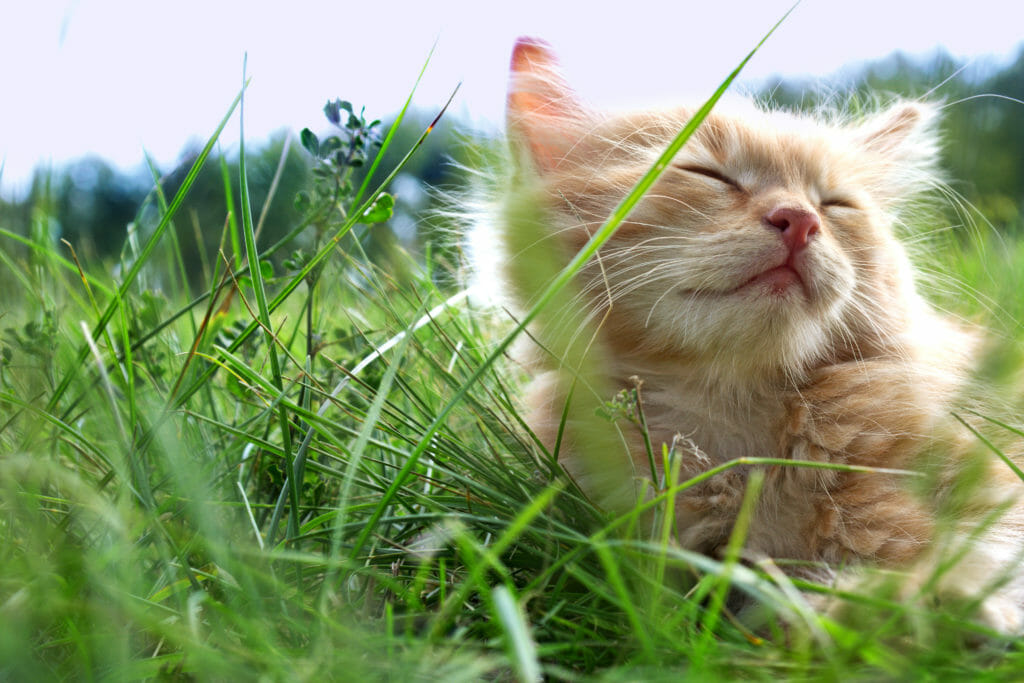Welcome to part 2 of our nutrition myths. With all of the foods out there and all of the trends in human diet, it’s hard to know what is true and what is false. With the help of our friends from Purina, here is a list of Nutrition Myths that you may not have known about:
By-Products are poor-quality ingredients
By-products are the parts of the animal that we don’t typically use ourselves, but are very healthy and full of nutrients. Broth and gelatin are examples of meat by products in human foods. According to AAFCO standards, by-products CAN be: liver, kidneys, lungs, and spleen. They CANNOT be: feathers, hair, hide, hooves, or intestinal contents. By-products can actually be more nutritious than meat alone. Muscle meat is deficient in many nutrients such as calcium and other minerals and vitamins as well. Many of these missing nutrients are abundant in meat by-products. They are also an excellent source of protein and amino acids. The ingredients used in the diets carried by most vet hospitals (i.e. Royal Canin, Purina etc.) use only high-quality by-products that have met stringent criteria for nutrient content, production and quality assurance.
Corn is a poorly digested “filler” that causes allergies
Corn, when processed correctly, is actually an excellent source of many nutrients your pets need. Fillers can be defined as “feed ingredients with little to no nutritional value.” Corn does not fit this description. Corn provides a good source of carbohydrates, protein, and essential fatty acids which your pet needs in their diet. It also contains abundant amounts of antioxidants, such as vitamin E and beta-carotene. It is highly digestible when processed correctly. It is not a common cause of allergies, pets can develop allergies to any protein including meat and grains. However, it is estimated that only 10% of allergic skin conditions in dogs and cats are caused by food. So remember – corn is a high quality ingredient that has a lot to offer to our furry family members.
A raw food diet is the most natural and, therefore, the best diets for cats and dogs (The following opinion is not necessarily the view of Purina or affiliate food companies but of our clinic)
We are not saying that feeding raw is wrong; it is a personal choice on the part of the owner. What we need to think about is the safety aspect to ourselves, our pets, and, most importantly our family (especially children, seniors, or those with compromised immune systems). Feeding raw meat inherently comes along with the bacteria and parasites that we as humans avoid by cooking our food. The bacteria is still present once the pet has consumed the meal, and when they lick your face, they are potentially transferring salmonella and other bacteria to you. It is best to feed pasteurized meats to help prevent these issues (nothing is 100%, but there are good, better, and best options out there). Bones are a big no as they can be very hazardous to your pet in a few different ways, but we primarily worry about tooth fractures. Read about tooth fractures and foreign bodies (when a pet swallows an item that they cannot pass naturally). If you are still interested in going the route of a raw diet, please seek advice on the best way to do this through your veterinarian. A big concern with raw diets is that they are not well balanced as pets need more than just meat and vegetables. You can buy nutritional supplements to ensure your pet is getting everything they need from that diet. Finally – deworm often! With raw meat comes the potential of intestinal parasites, therefore you will need to deworm more often than the average pet parent, especially if you have those immune compromised family members.
This concludes the nutrition myths. We have more detailed myth sheets at Dartmouth Veterinary Hospital that we can provide you with if you are interested. Just pop by anytime. As for nutritional consults, we provide these free of charge with our technicians and they need to be booked just like a regular appointment.
Written by Blair Lutes




